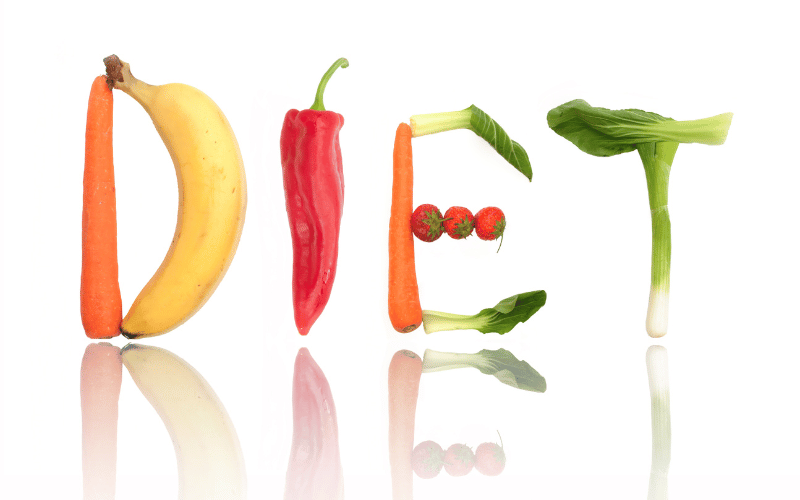Fact 7: Dietary Do’s and Don’ts

The BRAT diet, which stands for Bananas, Rice, Applesauce, and Toast, has been a long-standing recommendation for children experiencing diarrhea. These foods are gentle on the stomach, have binding properties, and can help in firming up stools. Offering these in small, frequent meals can provide the much-needed nourishment without exacerbating the symptoms.
While the BRAT diet is an excellent starting point, it shouldn’t be the sole focus. Other gentle foods, like boiled potatoes, plain noodles, or steamed carrots, can be introduced as the child starts feeling better. These options offer a wider nutrient profile and can aid in the recovery process, ensuring that the child gets balanced nutrition.
Certain foods can aggravate diarrhea and should be consumed with caution or avoided altogether. Dairy products can sometimes be hard to digest, especially if the child has developed temporary lactose intolerance due to the ongoing episode of diarrhea. Likewise, greasy, spicy, or overly sweet foods can irritate the digestive system, prolonging the recovery.
Amidst the focus on solid foods, one must not forget the critical role of hydration. Diarrhea can rapidly deplete body fluids, risking dehydration. Sipping on oral rehydration solutions, which are specially formulated to replenish lost fluids and electrolytes, can be beneficial. These solutions maintain the body’s electrolyte balance, ensuring that the child remains hydrated without the risk of electrolyte imbalances.
Once the worst is over and the child starts showing signs of recovery, it’s tempting to revert to the regular diet immediately. However, this transition should be gradual. Starting with bland foods and observing how the child’s body responds can give cues. If there’s no relapse of symptoms, more foods can be reintroduced, ensuring that the digestive system has ample time to adjust and heal. (7)